These gravity experiments are all fantastic demonstrations of gravity and a great way to learn about Isaac Newton and Galileo‘s famous discoveries. If you enjoy them, do check our my book This IS Rocket Science which is full of exciting space activities demonstrating how rockets overcome gravity and other forces to launch into space followed by a tour of the solar system with an activity for each planet.
What is Gravity?
Gravity is the force that pulls objects towards the Earth. It’s the reason we walk on the ground rather than float around.
Gravity also holds Earth and the other planets in their orbits around the Sun.
Did you know – gravity exists on the Moon but it is not as strong as on Earth, which is why astronauts can jump higher on the Moon than on Earth. This article from ScienceAlert tells you how high you could jump on each planet in the Solar System compared to Earth.
Great Gravity Experiments for Kids
Galileo and Gravity
Galileo was a famous scientist in the 16th and 17th Century. His most famous observation was that two objects of the same size but slightly different mass (how much “stuff” it is made of) hit the ground at the same time, as far as he could tell, if they are dropped from the same height. This happens because the acceleration due to gravity is the same for both objects and that actually this acceleration has nothing to do with the mass of an object. This fact has been demonstrated many times, even on the moon with a feather and a hammer.
Back on our air-filled planet, if a feather and a ball are dropped from the same height they clearly do fall at different rates. This is because gravity is not the only force acting on the falling object, air resistance is also a factor and that does depend on quite a few properties of the object and the fluid it is falling in. This does include its mass, the surface area and how fast it is moving. The feather suffers a lot here being so light and having a much greater surface area.
Galileo dropped two balls of different weights but the same size off the Leaning Tower of Pisa, giving a hint that the mass of an object doesn’t affect how fast it falls.
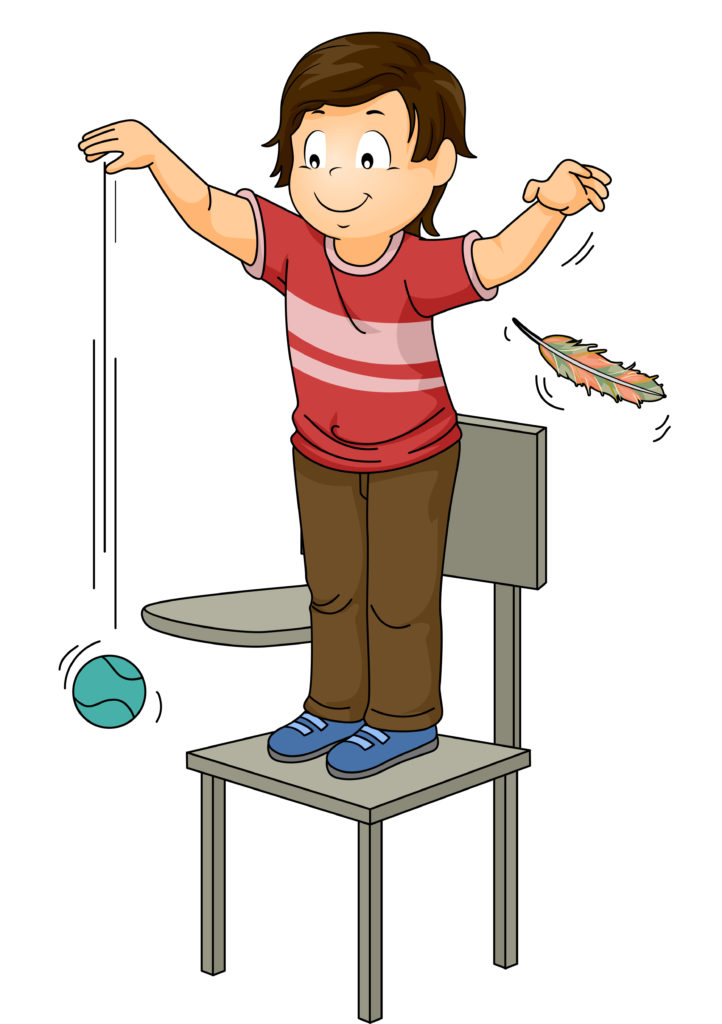
However if a ball and feather are dropped in a vacuum, where there is no air resistance as there’s no air, the ball and feather will fall together and hit the ground at the same time.
Bottle Drop Experiment
Following on from the ball and feather experiment another great example of Galileo’s discovery is to half fill one plastic bottle and leave another ( the same size ) empty. If dropped from the same height they will hit the ground at the same time!
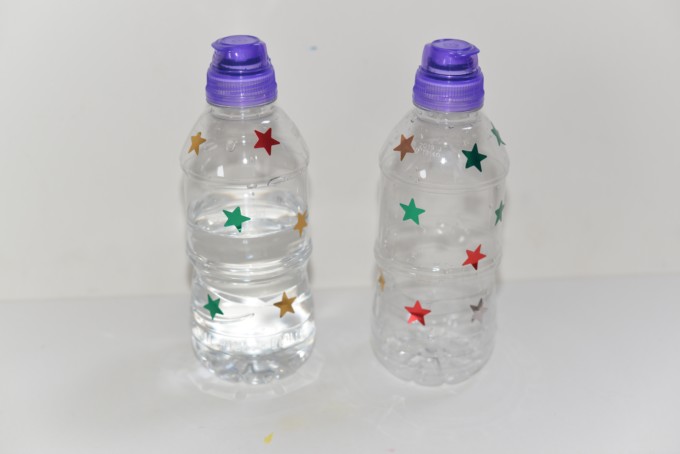
Issac Newton and Gravity
According to legend Issac Newton was sitting under an apple tree when an apple fell on his head, which made him wonder why if fell to the ground.
Newton published the Theory of Universal Gravitation in the 1680s, setting out the idea that gravity was a force acting on all matter. His theory of gravity and laws of motion are some of the most important discoveries in science and have shaped modern physics.
Film Canister Rocket
A film canister rocket is a fantastic demonstration of all three of Newton’s Laws of Motion, but it falls back to the ground thanks to gravity.
Water powered bottle rockets are another great fun example of gravity and lots of other forces too!
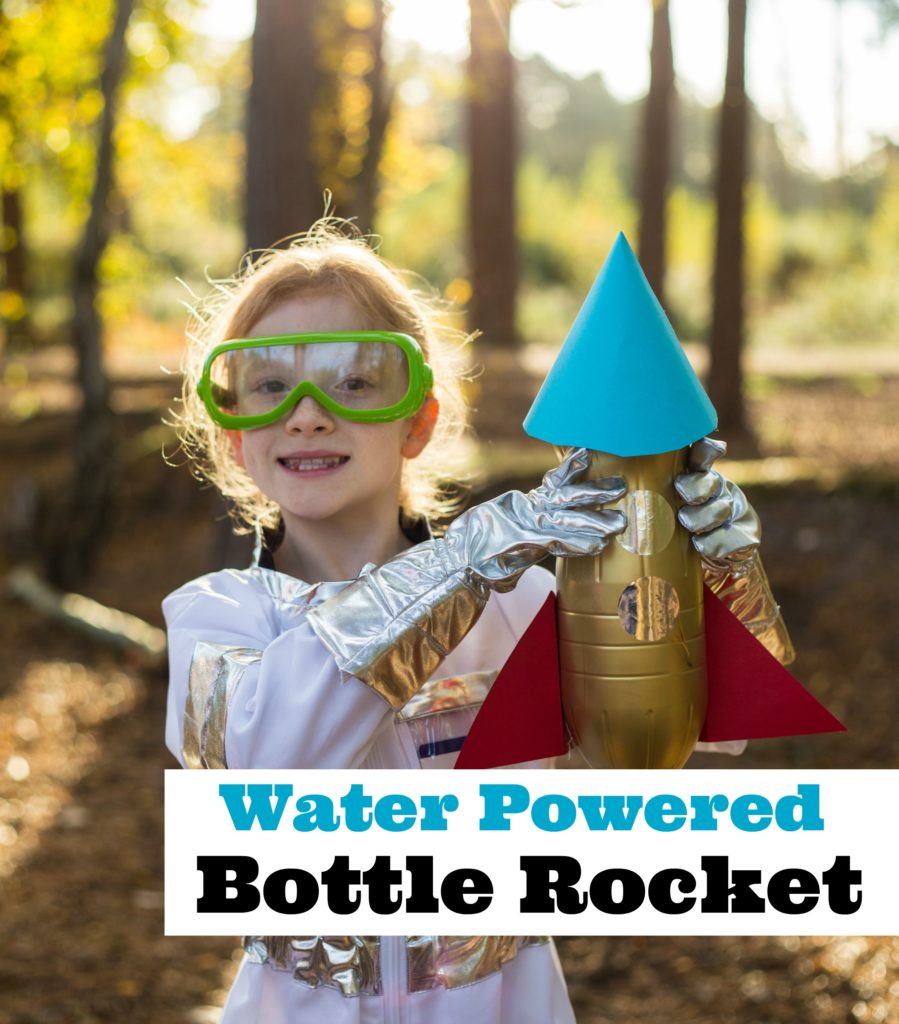
Defy gravity with a magnet
Did you know you can defy gravity using magnets. We love this activity as you can theme it however you want. Your floating object could be a spaceship in space, a flower growing towards the sun or even a plane in the sky.
The magnet holds the paperclip in the air as if it’s floating!
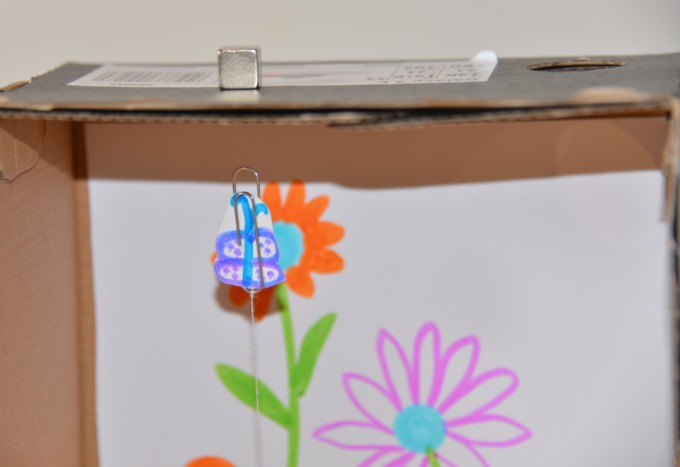
Straw Rockets – Gravity Experiment
Create your own straw rockets and launch at different angles to investigate how the trajectory changes. Of course these don’t have to be rockets, they could be anything you want, so get creative!
Parachutes
Parachutes are another great gravity experiment and perfect for learning about air resistance too!
Marble Runs
A DIY marble run is another hands on way to demonstrate gravity. Can you build one where the ball has enough energy to move uphill?
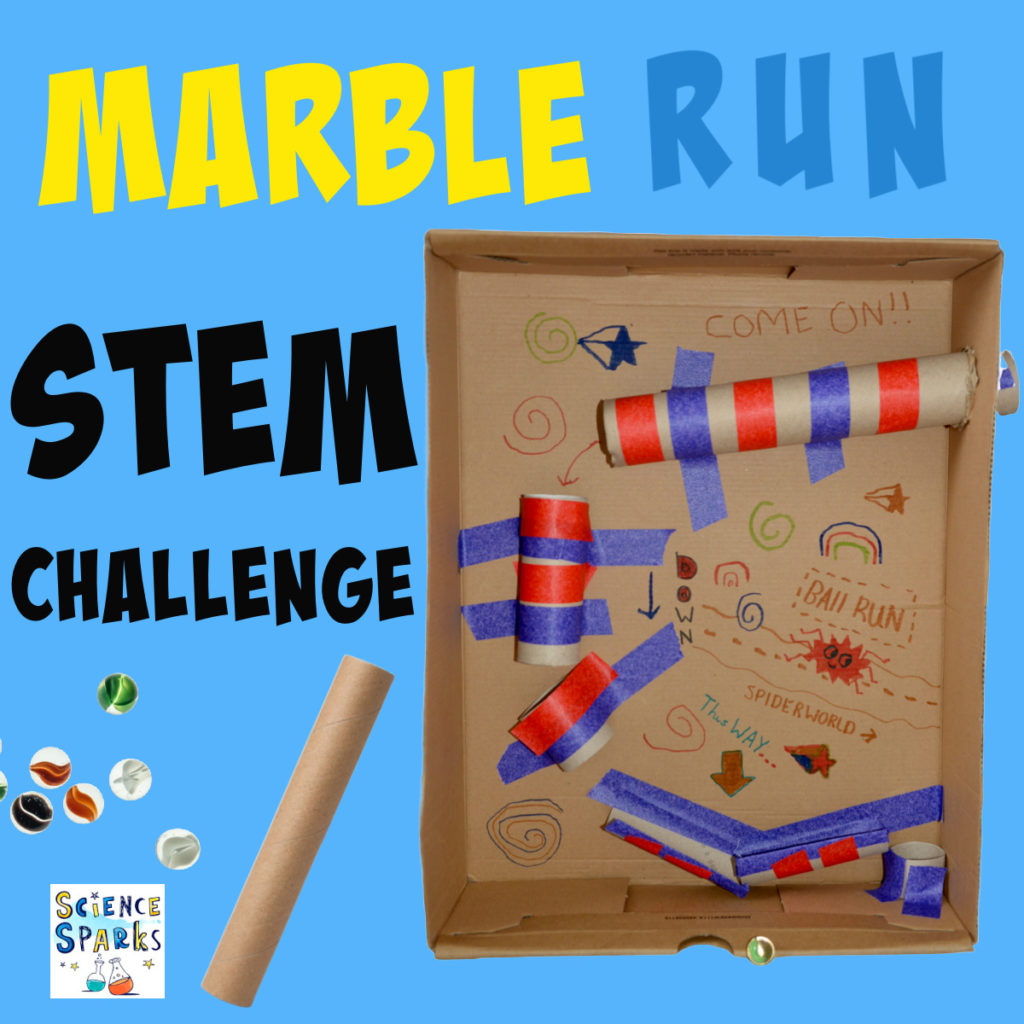
DIY Sling Shot
Finally, a simple slingshot is a brilliant and simple STEM project and perfect for learning about gravity as a shower of pom poms fall to the ground!
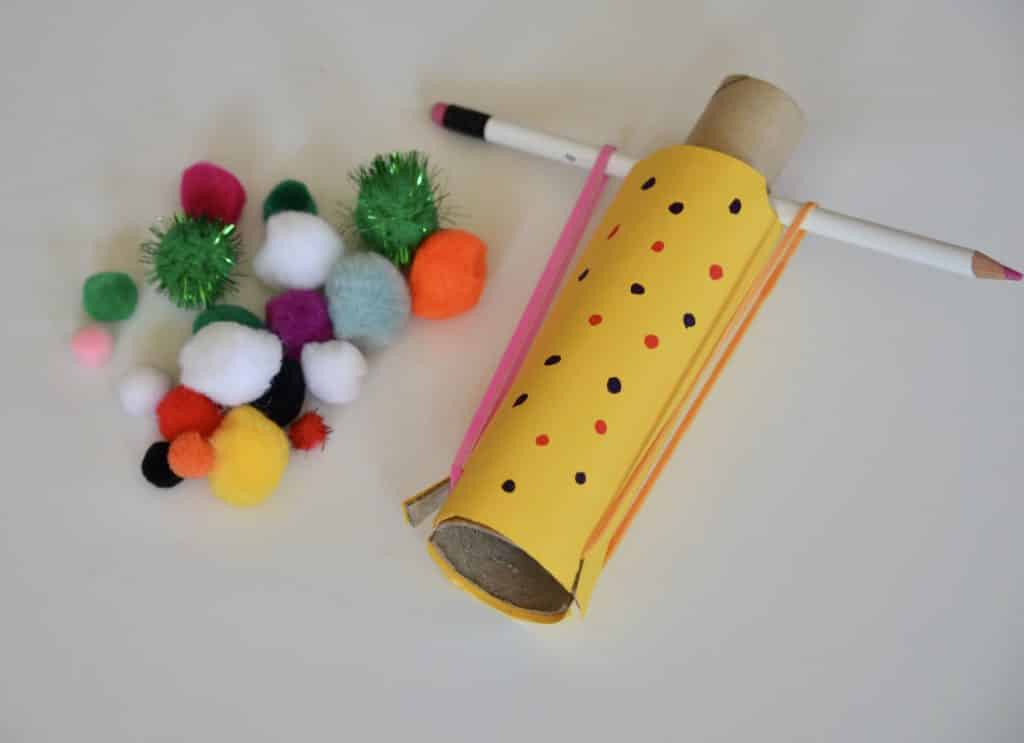
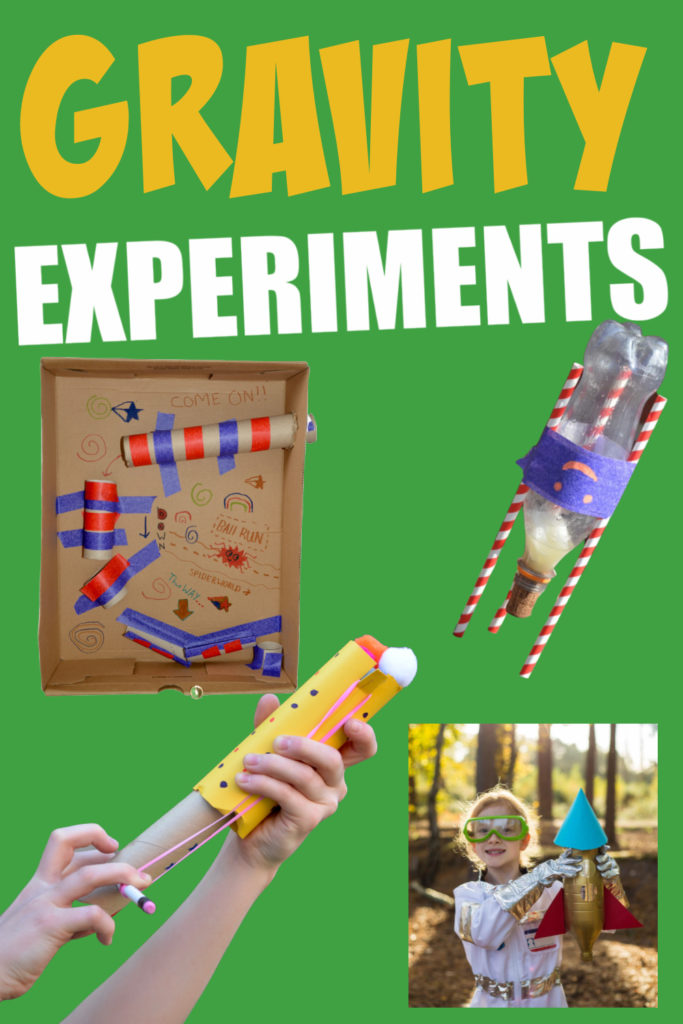
Last Updated on May 25, 2022 by Emma Vanstone




Leave a Reply